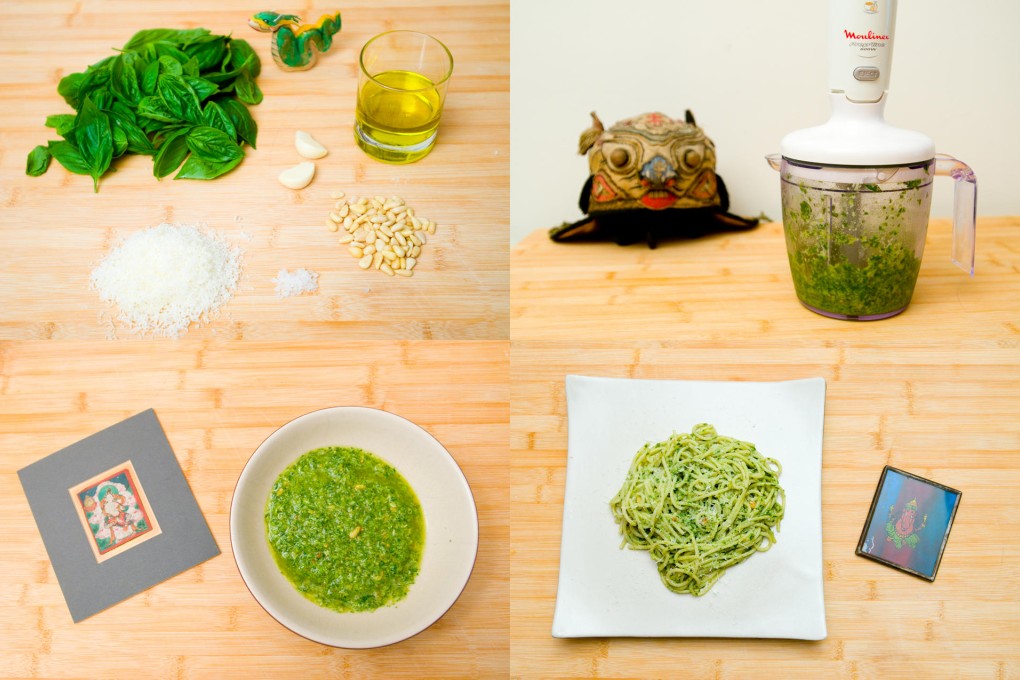Healthy Gourmet: not all additives are bad for you
Not all chemical ingredients are bad for you. Some are useful in the kitchen and can promote healthy eating

Modern chefs use ingredients such as pectin, guar gum and soy lecithin to make their life easier in the kitchen and achieve superior results in their preparations. Those ingredients are easy to use and can be of help to chefs at home, too.
The main barrier preventing their wider use at home is a resistance to anything that is perceived as chemical. If it is not natural, common sense says it is bad.
But distinguishing what is natural from what is artificial is not easy. It is perhaps more of a philosophical and cultural distinction than a chemical one. What people grew up with is often what they consider as being natural.
Additives can be used to add structure, thicken liquid, stabilise emulsions, and create textures
Most of the uncommon ingredients used by modern chefs are additives. Their use is widespread in industrial food. Additives do not have a good reputation, but aren't evil, per se.
The reason additives are used in a particular product needs to be understood. Some are included in food to hide the low quality of the raw materials. Others, like colourants, are used to make the products look better than they really are.
Additives can be used to add structure, thicken liquid, stabilise emulsions, and create textures. They can be an ally in the pursuit of health, by helping those with intolerances to avoid ingredients like gluten and dairy.
The home chef should become familiar with two of these unusual ingredients: agar-agar and xanthan gum.
Agar-agar is extracted from seaweed, making it a better choice for vegetarians, as the gelatin commonly used at home is produced using pig hides. It helps lower the calories of a meal as it makes the need for flour and eggs redundant, and allows jams to thicken even if the amount of sugar is reduced.
